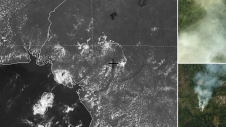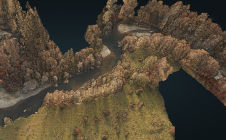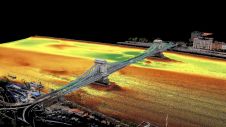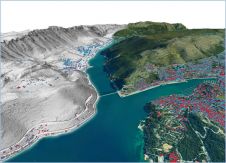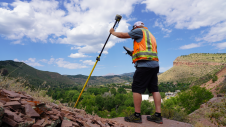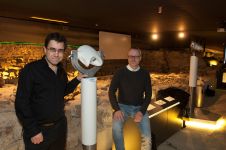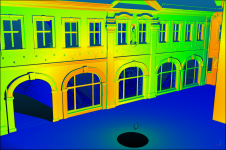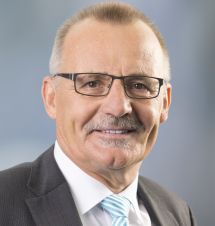加强能力:一千山土地的地理空间技术
The University of Twente (UT), The Netherlands, has collaborated with the University of Rwanda (UR) on a project called ‘Strengthening the Capacity of Geo-Information and Earth Observation Sciences at the University of Rwanda, for the sustainable environmental and socio-economic development of Rwanda’. The achievements of the project were highlighted at the recent International Conference on Geospatial Technologies for Sustainable Urban and Rural Development, which was held in Rwanda - 'the land of a thousand hills'.
By Paul van Asperen, Ministry of Infrastructure and Environment, The Netherlands
The International Conference on Geospatial Technologies for Sustainable Urban and Rural Development, held from 18-20 November 2015 in Rwanda’s capital, Kigali, attracted over 125 participants. Many were from the East African region, but attendees also came from The Netherlands, Asia and North and South America. Four keynote speeches and over 40 papers were presented.
土地局
卢旺达 - 被称为“千山的土地” - 在土地管理方面取得了巨大进展,这是会议的主要主题之一。2008年,卢旺达政府启动了所有私人持有土地的系统登记。这是2004年土地政策的实施,其次是2005年的有机土地法,在2013年的新土地法规中修正。通过这一土地保管计划(LTR)计划,2009年至2014年间均为1040万包裹,平均成本为每包8美元。注册及其维护分散到30区土地局。本练习的物流包括占用5,000人划分,每天印刷30,000份证书。由于LTR卢旺达对世界银行的“开展业务”基准的排名进行注册财产,从2008年的60人提高到2015年的12号。该方案在产权方面提高了妇女的立场,提高了保管权。然而,一些挑战仍然存在,包括高转移费(USD40)和小平均农业绘图大小(0.6Ha)。
Urban and Rural Planning
会议的另一个主要主题是与高城市化率,人口密度高的城乡规划(每公里415人)2), Rwanda’s hilly topography, food security, etc. Although 71.2% of the population live in rural areas, the rate of urbanisation is high (6.4%). It is estimated that 62.5% of the residents of Kigali live in informal settlements, where services are gradually being improved. Geospatial technologies are being applied to provide detailed and up-to-date spatial information. Low-cost unmanned aerial systems (UASs) have been piloted in Kigali and have provided highly accurate data relating to buildings, roads, land use, drainage and other essential information (Figure 1). Although the local population did not generally perceive the use of UASs as a problem, residents expressed concerns about forced displacement and expropriation.
Concluding Remarks
卢旺达政府旨在增加为基础al growth of agriculture from 4.9% to at least 8.5% by 2020 and also intends the nation to be a middle-income country by then. The country is proving to be a fast learner and a quick implementer; Rwanda not only ‘copied’ the policies from neighbouring Tanzania but also implemented them. The government’s aims are likely to be achieved through smart use of geoinformation and related systems and applications.
The Nuffic-funded project called ‘Strengthening the Capacity of Geo-Information and Earth Observation Sciences at the University of Rwanda, for the sustainable environmental and socio-economic development of Rwanda’ is a joint effort of the University of Rwanda (UR) and the University of Twente in The Netherlands. Over the years, the UR-UT partnership has produced more than 30 MSc graduates and five PhD graduates. Furthermore, as a result of the collaboration, UT currently has over 150 alumni from Rwanda.
图1,由uas phopgram metry获得的基加利的图象。


